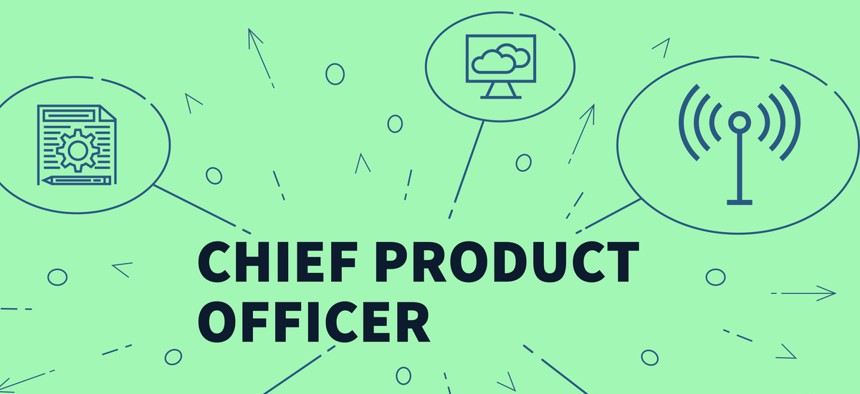Why Your Agency Needs a Chief Product Officer

OpturaDesign/Shutterstock.com
Sometimes an IT problem is really an answer.
Sometimes resolving a help-desk ticket is a simple process: Someone needs a new laptop or is locked out of their email account. Other times, what seems like a simple request is an idea that could reshape the way an agency does business.
The Health and Human Services Department is ready for the latter with its newly created position of chief product officer. Todd Simpson, former CIO for the Food and Drug Administration, is the first to take on the role at HHS and has been serving in it for almost four months. His mission: to get things done.
“The CPO office is all about generating impact at HHS,” Simpson said during a keynote at the June 13 Federal Cloud and Data Center Summit hosted by the Advanced Technology Academic Research Center, or ATARC. “Right now, there’s kind of a loosey-goosey approach to getting things done.”
Simpson’s office takes a wide view of the department’s technology needs to ensure that resources are being put to the best possible use. But the goal is not to be miserly: The new office is meant to be a facilitator of great ideas.
“What we want at HHS is to build a process where everybody can get a consistent response, every single time,” Simpson said. “You don’t have to call in a favor” just to get something done.
So, Simpson created “pipelines” for employees to get innovative ideas in front of his people. One such pipeline is through the agency’s help desk.
“If a request comes into our help desk that’s above and beyond a traditional request for a laptop, or whatever it is, the help desk will move that to my queue,” he explained. Once there, Simpson’s team looks at the potential impact and ways to turn that idea into a reality.
Through this pipeline, the team is fielding requests for things like applying analytics to large data sets, access to databases, interesting use cases for artificial intelligence and access to cloud servers for large computing loads, like genomic sequencing.
The key is to fit the latest request in with the other resources already in play.
“When an idea comes in, the very first thing we’re going to do when we get that lightbulb is rationalize it against the entire portfolio that’s in place and all the other options,” Simpson said.
That process is relatively easy for the CPO team, as it “consumed” several other HHS offices when it was created, Simpson said. Among those were the Office of Enterprise Application Development—giving Simpson a team of developers—and the Vendor Management Office—giving him access to acquisition support.
“So, I had a good starting point by which to start building this program,” he said.
When asked, Simpson said the tools and people folded into the new office have given him everything he needs to succeed.
“Except maybe more direct alignment between the CIOs,” he added, as HHS is a vast department with IT leaders at each component. “But it’s such a great group of CIOs that everyone is really just interested in doing the right thing. So, we’ll see what happens when we actually take the car out on the track.”






